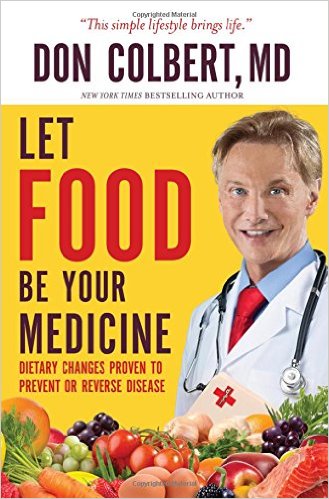 I want to tell you about an app that could be useful to you as you spend more time outdoors. This free app is called PlantFinder and I hope you enjoy it as much as I have. I have it downloaded on my Android phone from the Google Play store but according to a search I did today on the Apple app store, it is also available for Apple products. Since it is free it does have ads, but you can pay a small subscription fee to avoid the ads if you prefer. The ads pop up after you take a photo of a plant and before it loads the results that display the plant’s name and identifying information. I try to remember to turn my phone’s volume down, otherwise it can be quite intrusive during a quiet nature walk.
I want to tell you about an app that could be useful to you as you spend more time outdoors. This free app is called PlantFinder and I hope you enjoy it as much as I have. I have it downloaded on my Android phone from the Google Play store but according to a search I did today on the Apple app store, it is also available for Apple products. Since it is free it does have ads, but you can pay a small subscription fee to avoid the ads if you prefer. The ads pop up after you take a photo of a plant and before it loads the results that display the plant’s name and identifying information. I try to remember to turn my phone’s volume down, otherwise it can be quite intrusive during a quiet nature walk.
I have used PlantFinder to successfully identify plants I see while walking trails. Sadly, many of them were invasive species. Examples from a recent outing include honeysuckle (Lonicera periclymenum), wild blue phlox (Phlox divaricata), and creeping Charlie (Glechoma hederacea). The results aren’t always as specific as I would like. For instance, I was hoping to refresh my memory on what variety of apple tree is growing in my back yard, but PlantFinder could only tell me that it is an “Apple tree,” rather than confirm if it was Honeycrisp or Zestar. I suppose that is only fair, as the fruit hasn’t even appeared yet. I have a Japanese dappled willow (Salix integra) in my front yard and when I snapped a photo of it to test it out on the app, it came back with the result, “Grey willow,” (Salix atrocinerea). Those are not exactly the same things, but it at least got the genus right. Sometimes, though rarely, PlantFinder can get it wrong. For instance, it thought my rose bush was a buckthorn. Perhaps when it blooms I’ll take another photo and get better results. Overall, however, I have been very pleased. It keeps a record of the photos, dates, plant names and details of what you have previously looked up. Access it by tapping “My Plants.” It also offers a “Plant Care” section that will help you keep track of watering & fertilizing frequency for the plants you cultivate at home.
In my opinion, the real test of usefulness is if it it can successfully identify poison ivy, which it did when I sought out and (fortunately? unfortunately?) found a rarer variety called Western Poison Ivy. I wondered if it would show a bright word of caution on the results page for plants like poison ivy that can cause rashes or allergic reactions, but it did not. So although it can successfully identify poison ivy, you still have to be reasonably savvy when you’re out there and take care not to touch any of the wild plants as you are taking photographs.
I would love to hear your comments if you decide to try this app after reading this, or if you are already familiar with it share your experiences. Have fun out there and stay safe!







 Did you know about air plants?! Sounds kinda sci-fi, doesn’t it! Also known as an epiphyte, air plants get their nutrients from the surrounding air and thus do not need roots. Cool! They kind of remind me of a miniature, land-dwelling octopus or Thing from the Addams Family. Now here did I learn about these awesome plants? From
Did you know about air plants?! Sounds kinda sci-fi, doesn’t it! Also known as an epiphyte, air plants get their nutrients from the surrounding air and thus do not need roots. Cool! They kind of remind me of a miniature, land-dwelling octopus or Thing from the Addams Family. Now here did I learn about these awesome plants? From 

